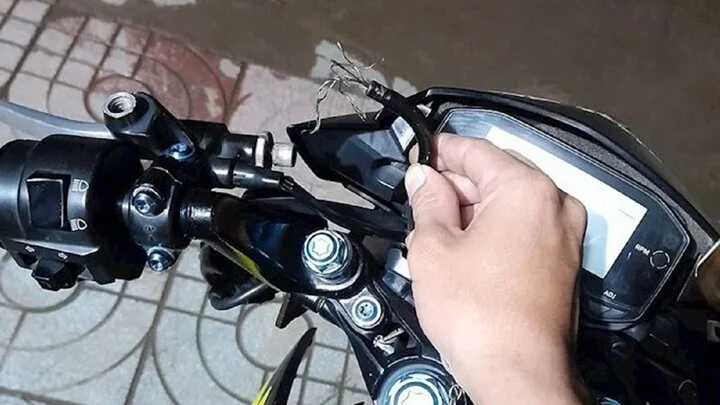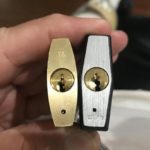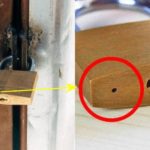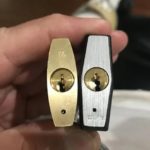If your motorcycle’s clutch cable snaps, it’s important to safely bring the vehicle to a stop and have it towed to the nearest repair shop for a replacement. The clutch cable is the only component that directly controls the engagement and disengagement of the clutch, allowing for smooth and precise gear shifts.
Motorcycles with manual clutches, also known as “clutch-hand” motorcycles, have a clutch lever on the left handlebar. To disengage the clutch, you squeeze the lever, and to engage it, you release the lever. Popular clutch-hand motorcycle models in the Vietnamese market include the Honda Winner, Yamaha Exciter, and Suzuki Raider.

Illustrative image of a broken motorcycle clutch cable.
While clutch-hand motorcycles offer an exhilarating riding experience, they can also present some challenges. One of the most common and significant issues is a broken clutch cable. This can be dangerous as it prevents the rider from disengaging the clutch, shifting gears, and controlling the vehicle, especially at high speeds.
Why Do Clutch Cables Suddenly Snap?
One of the main reasons for a broken clutch cable is the lack of lubrication inside the cable core. Additionally, the issue may lie in the clutch cable fixation point below the engine.
This area is particularly susceptible to breakage due to the misalignment of the cable core, which rubs against the clutch adjustment screw. To fix this, simply inspect and adjust the cable core so that it doesn’t rub against the edge of the screw.
Another contributing factor to premature clutch cable breakage is improper maintenance. The clutch cable is a critical component that requires regular lubrication every 10,000 km. During operation, the cable experiences significant friction with its outer casing, and regular lubrication can significantly extend its lifespan.
How to Handle a Broken Clutch Cable
The simplest and most common solution is to walk or push your motorcycle to the nearest repair shop and have the clutch cable replaced.
However, if you insist on riding the motorcycle with a broken clutch cable, you can use a technique called “live gear shifting.” This involves shifting gears without using the clutch. First, put the bike in neutral (N) and start the engine. Then, push the bike until you reach a speed of 5-10 km/h, and shift from N to first gear and ride as usual.
To shift from first to second gear, slightly release the throttle to reduce engine speed, and then quickly shift gears. You can repeat this process for the remaining gears.
Downshifting without using the clutch can be a bit more complicated. To downshift, gently increase the throttle and then quickly release it while simultaneously using your foot to shift gears. Once the gear shift is complete, increase the throttle again to prevent the bike from stalling.
Source: VTC news






































